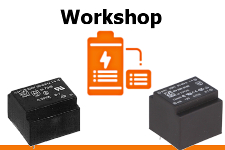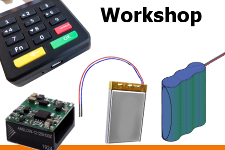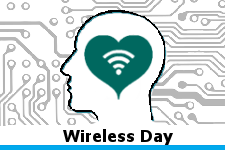
The LoRaWAN network has been designed in such a way as to ensure optimal electricity consumption over a large range counting in kilometres. Low energy consumption by devices communicating using LoRa modulation is a big advantage that predestines them for battery operation.
The RN2483 Microchip module is a system that can be used in devices working in the LoRaWAN standard. What does the power consumption profile look like for this solution when powered by a 3.6V battery from a LiSoCL2 cell? The maximum current consumed during transmission reaches about 50mA, and the power consumed from the source is 0.2W. The power values are lower during reception.
The 2400mAh battery is enough to power a LoRaWAN type of device for a period of 12 months if it communicates once every 5 minutes (short message), and theoretically for several years if the message is sent occasionally (e.g. once every hour).
The EEMB ER14505 cell from our offer is shown in the picture, with the leads prepared for assembly in THT technology. An important advantage of this type of cell chemistry is very low self-discharge, thanks to which the cell is sufficient for the entire product life cycle and there is no need to disassemble the device to replace it.



